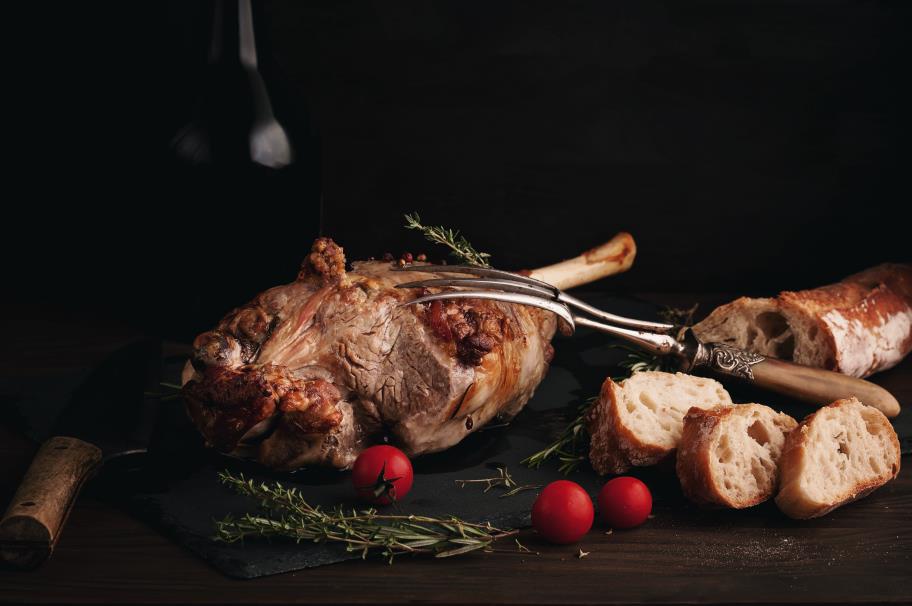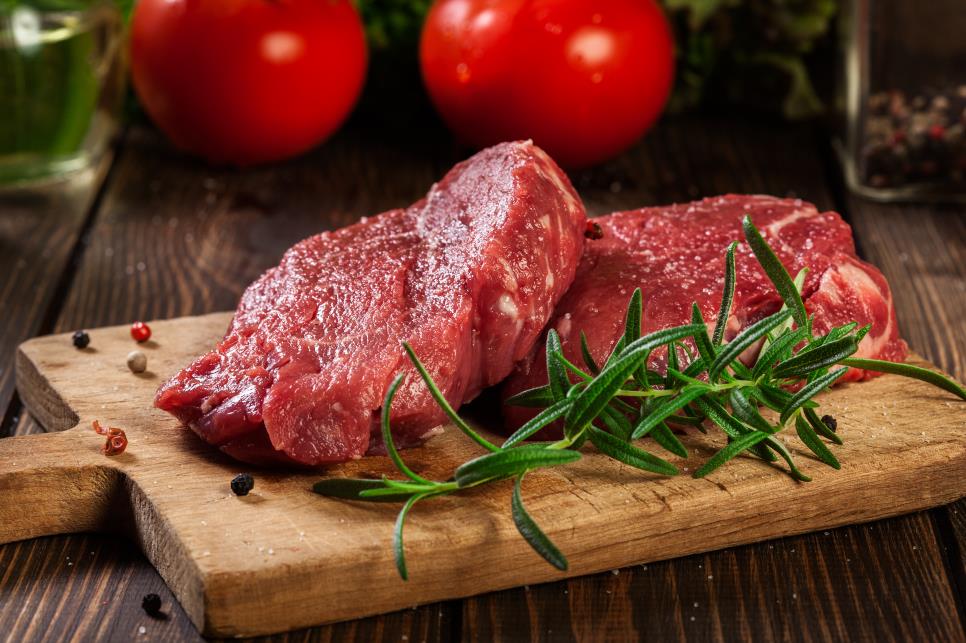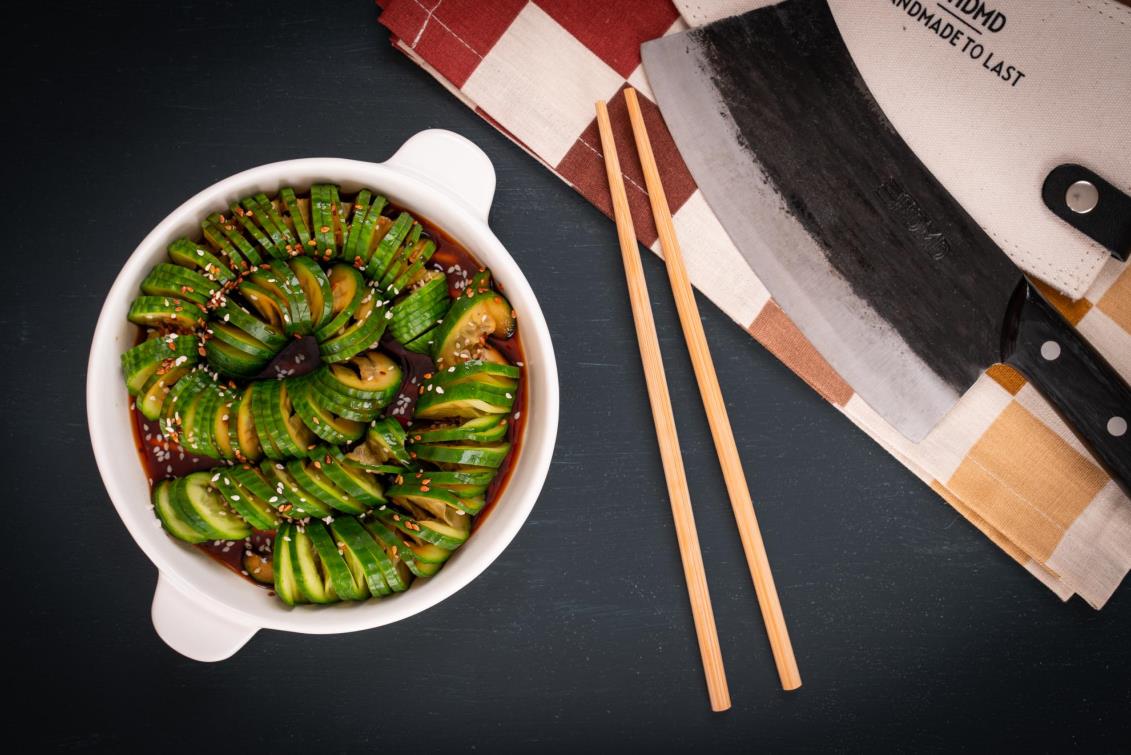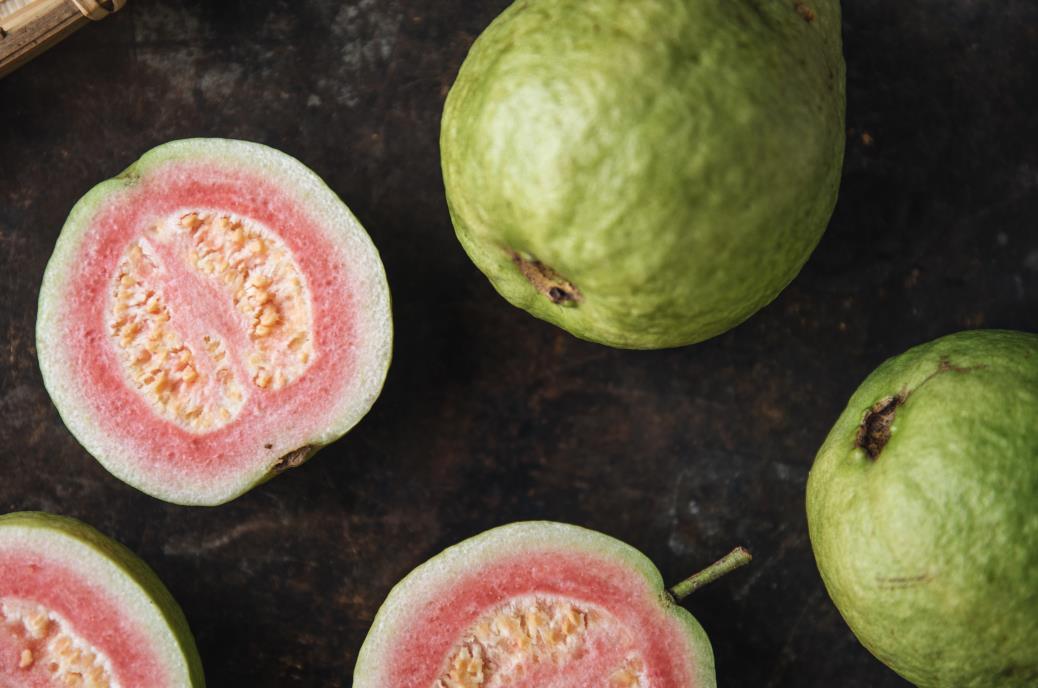The nutritional benefits of kale make it a popular choice for health-conscious individuals. This leafy green vegetable is high in vitamins A, C, B6, and K and also contains minerals like iron, potassium, and magnesium. While you can eat kale raw, it’s often more palatable when cooked. Either way, you might want to cut the kale into smaller pieces to make it easier to eat.
Understanding how to cut kale is the first step to enjoying this healthy vegetable. First, remove the tough stems from the kale leaves by running a sharp chef’s knife along both sides of the stem. Next, stack a few leaves on top of each other, roll them up tightly, and slice them into thin strips.
Different recipes call for varied kale cut sizes, so feel free to adjust the width of your strips accordingly. Below is a step-by-step guide on how to cut kale, including how to make julienne cuts and chiffonade.
Table of contents
How to prepare kale
The process of cutting kale is pretty straightforward. However, before cutting, you must pick the right kale and prepare it for cutting.
How to pick kale
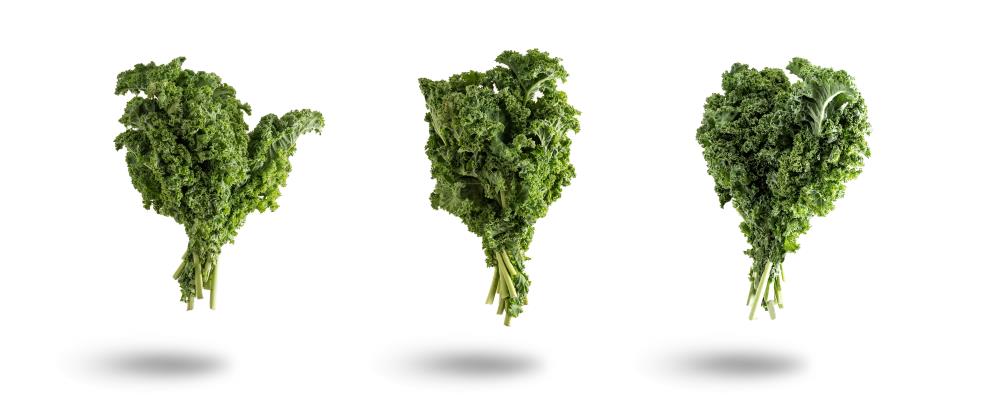
If you have a home garden, kale is ready to harvest when the leaves are around 6 to 8 inches long. Pick leaves from outside the plant first, starting with the biggest ones. The best time to harvest kale is in the morning when the dew is still on the leaves. When selecting kale at the store, look for crisp, bright green leaves free of blemishes. Avoid yellowing or wilted leaves, as these are signs that the kale is past its prime.
How to wash kale
Industrialized farms often use harsh chemicals to grow their kale. Moreover, dirt and debris can accumulate on the leaves during harvesting and storage. For these reasons, it’s important to wash your kale before cutting.
Follow these steps to wash kale:
- Fill a large bowl or sink with cold water
- Add the kale leaves and swish them around to loosen any dirt
- Let the kale soak for a few minutes, then drain the water
- Rinse the kale once more under running water to remove any remaining dirt
- Pat the kale dry with a clean towel or paper towel, or use a salad spinner to remove excess water
Can you eat kale stems?
The tough, fibrous kale stems are not as palatable as the leaves. However, you can still eat them if you cook them properly. To make kale stems more edible, blanch them in boiling water for 2 to 3 minutes or sauté them over medium heat for 5 to 7 minutes. You can also blend them into smoothies, chop them finely, and add them to soups or stir-fries.
Some recipes, such as massaged kale salad, call for finely chopped kale stems. If you want to include the stems in your dish, use a sharp chef knife to cut any woody parts, then chop the stems as finely as possible.
How to cut kale
Below are step-by-step guides on how to chiffonade and julienne kale.
Handpicked for you
True cutting power in the palm of your hand
How to chiffonade kale
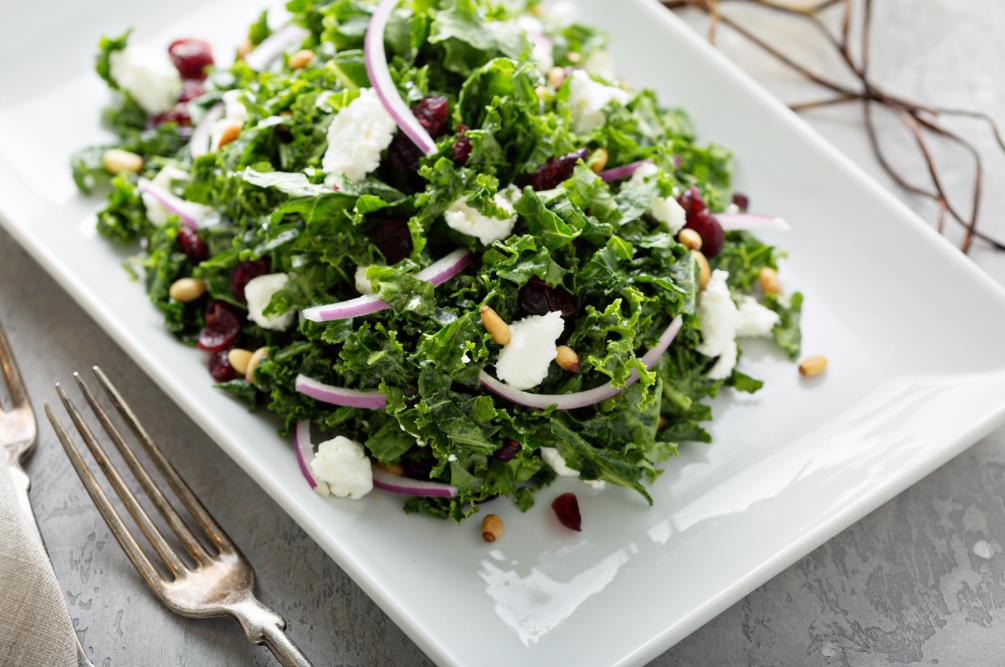
Chiffonade is a French cutting technique that results in long, thin strips of kale. To chiffonade kale, follow these steps:
- Wash the kales to remove any dirt or debris
- Place the kale on a cutting board and remove the stem from the kale leaves by running your knife along both sides of the stem. You can also use your hands to tear the leaves off the stem
- Stack the leaves into a neat pile like you would a rag
- Roll the kale leaves up tightly
- Cut the kale leaves crosswise into thin, even strips
The chiffonade cut doesn’t just apply to kale. You can use this technique on other leafy greens, such as spinach and Swiss chard. While the technique described above is the most common way to chiffonade, feel free to adjust it to your preferences. For example, you may want to cut the kale leaves into larger or smaller strips.
How to eat chiffonade kale
The best way to eat chiffonade kale is to add it to salads, soups, or pasta dishes. You can also use it as a garnish for roasted vegetables or grain bowls. If you’re looking for a healthy snack, try kale chips. To make them, toss chiffonade kale with olive oil and your favorite seasonings, then bake at 400 degrees Fahrenheit for 10 to 15 minutes.
Since chiffonade kale is already in strip form, there’s no need to cook it before eating. However, if you prefer a softer texture, you can sauté the kale over medium heat for 3 to 5 minutes or blanch it in boiling water for 1 to 2 minutes. You can also massage it with oil or lemon juice to soften the leaves.
How to julienne kale
Julienne cut is a French technique that results in thin, matchstick-sized strips of kale. The process is almost similar to chiffonade, with one key difference: stack the kale leaves lengthwise instead of crosswise.
To julienne kale, follow these steps:
- Wash the kale to remove any dirt or debris and cut off the stem
- Stack the kale leaves into a neat pile and fold them in half lengthwise
- Roll the kale leaves up tightly, then slice them crosswise into thin strips
As with chiffonade, feel free to adjust the size of the strips to your liking. Remember that thinner strips will be more delicate and easier to overcook. If you’re new to julienning, it may be helpful to practice with other vegetables, such as carrots or zucchini, before moving on to kale.
How to eat julienne kale
Julienne kale is a versatile ingredient and a perfect addition to many dishes. It will bring a touch of elegance to any salad, soup, or pasta dish. Try adding it to omelets, quesadillas, or grilled cheese sandwiches for a pop of color and flavor. You can also use it as a garnish for roasted vegetables or grain bowls.
Julienne kale’s flavorful, slightly sweet taste is also delicious when sautéed. To do so, heat olive oil in a large skillet over medium heat. Add the kale and cook for 3 to 5 minutes, occasionally stirring, until it’s wilted and tender. Season to taste with salt, pepper, and your favorite seasonings, then serve immediately.
FAQs about kale
Kale nutritional facts
One cup of raw kale (20.6 g) contains 7.2 calories, 0.3g fat,0.9g carbohydrates, 0.8g fiber, 0.6g proteins, and 10.9mg sodium. It’s also a good source of vitamins A, C, and K, calcium, iron, and magnesium. Some health benefits of kale include reducing cancer risk, lowering cholesterol levels, cell protection, improving bone health, and fostering cognitive function.
How to store kale?
Storing kale involves ensuring that the leaves are dry, as moisture will cause them to rot. The best way to store kale is in a perforated plastic bag in the refrigerator. When stored properly, kale can last for up to six days.
If you have a lot of kale, you can also blanch and freeze it. To do so, cook the kale in boiling water for two minutes, then submerge it in ice water to stop the cooking process. Once cooled, drain the kale and place it in a freezer-safe bag or container. Frozen kale will keep for up to six months.
Closing thoughts
Chiffonade and julienne are the most common methods for cutting kale; however, feel free to experiment and find the method that works best for you. Always wash the kale thoroughly before cutting it and store it properly to ensure it stays fresh. With a bit of practice, you’ll be a kale-cutting pro in no time.
Visit our blog for more kitchen tips and tricks, and if you need a high-quality high-carbon kitchen knife, please feel free to check out our store.







